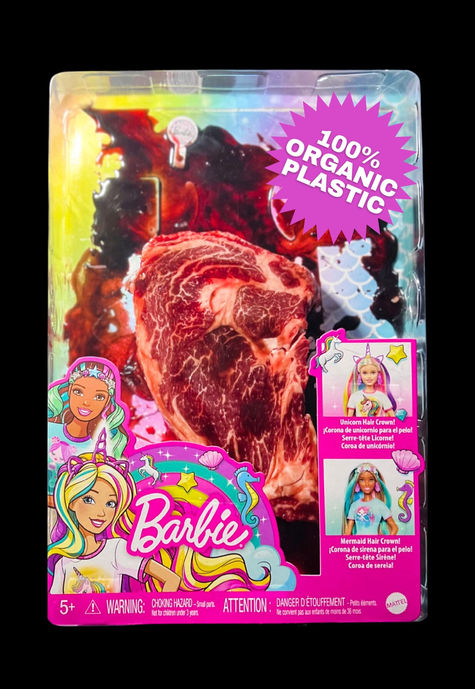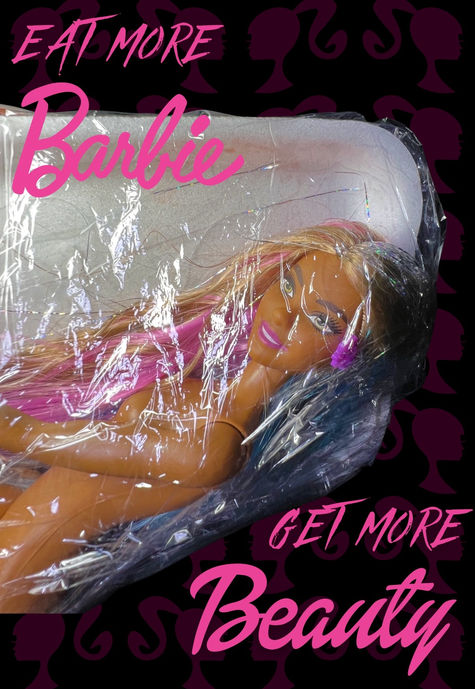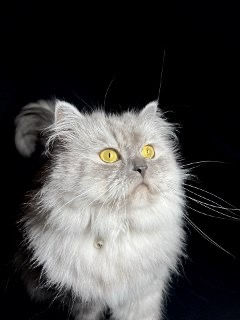Create Your First Project
Start adding your projects to your portfolio. Click on "Manage Projects" to get started
Catpaccio
CC
Rachel Boutin
Link
The trend towards owning a designer cat has commodified and objectified them, reducing them to mere status symbols and accessories to be purchased and displayed. The emphasis on their physical features rather than their unique personalities and behaviors perpetuates the harmful idea that designer cats are objects rather than living beings with unique experiences and perspectives. This commodification also prioritizes certain physical traits over their well-being, resulting in the emergence of cats with physical deformities, genetic disorders, and other health problems. This disregard for their umwelten is alarming and concerning.
As a woman subject to harsh beauty standards and objectification, I found myself identifying with my Persian cat throughout my research on designer cat breeds. This newfound empathy and understanding led to my ongoing artistic exploration, Catpaccio. Catpaccio comprises two distinct phases, each exploring complex themes related to the treatment of animals and societal expectations around beauty.
In phase 1, I assembled meat around Barbies to create a dress-like sculpture. My Persian cat played a central role in the creative process, making the final decisions by eating around the meat to reveal the final product. It was crucial that my cat had agency in the creative process and that we challenged the traditional power dynamic between humans and non-human species. This phase highlights the unique abilities and intelligence of non-human species and emphasizes the importance of respecting their individual experiences and perspectives.
In phase 2, the project reaches a new level of experimentation and engagement, as two designer cats will eat meat off a woman's body. This performative art piece challenges societal norms around the objectification and commodification of women's bodies, while also provoking deeper contemplation and dialogue around the ethical treatment of animals.































